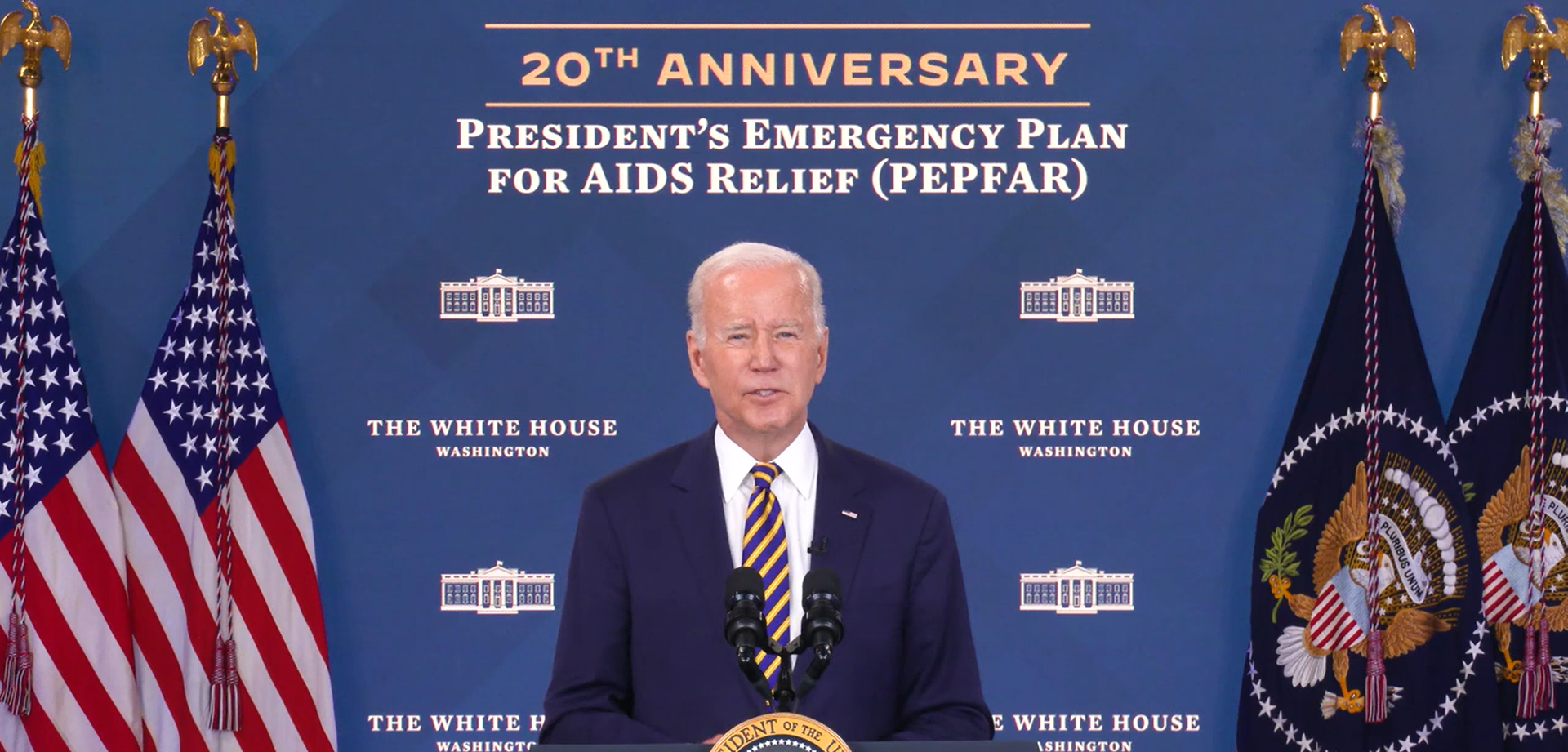This content originally appeared on PEPFAR. View the full article here.
As the U.S. President’s Emergency Plan for AIDS Relief (PEPFAR) approaches its 20th anniversary in January, U.S. Global AIDS Coordinator and Special Representative for Health Diplomacy Ambassador at Large Dr. John Nkengasong has embarked on a journey of reimagining the HIV/AIDS response [3 MB] together with PEPFAR’s stakeholders and partners. Within days of starting in his new role last month, Nkengasong conducted inclusive consultative listening sessions with PEPFAR stakeholders including partner governments, members of Congress, former global AIDS coordinators, chiefs of mission, multilateral partners, public health experts, PEPFAR personnel based at headquarters and the field, public and private partners, civil society, and faith-based organizations to gain insights about how to ensure PEPFAR remains fit for purpose to achieve the goal of ending the HIV/AIDS pandemic by 2030.
PEPFAR’s successes are well documented, with some of the most recent milestones including: over 20 million lives saved; 5.5 million babies born HIV free; supporting over half a dozen high-burden countries to meet or surpass the 90-90-90 UNAIDS treatment target; and leveraging the PEPFAR platform to respond to other global health threats, including COVID-19, H1N1, and Ebola.
“While we celebrate these hard-earned achievements, we know that HIV/AIDS is not over, it’s still a pandemic and there are gaps in support for children, young people and key populations and geographic pockets that threaten our gains,” Nkengasong said. “Our fight is far from over and the future of PEPFAR will be guided by respect, humility, equity, accountability, transparency, impact and sustained engagement.”
Those are the guiding principles Nkengasong revealed today as he outlined the program’s strategic direction for positioning PEPFAR on the path to end the HIV/AIDS pandemic as a public health threat by 2030 and sustainably strengthening public health systems through the PEPFAR platform, in partnership with communities and countries.
He shared five strategic pillars and three enablers for reimagining PEPFAR at 20 to achieve the 2030 goals. The 5×3 Strategic Approach includes:
Five Pillars:
- Health Equity for Priority Populations – Knowing and closing the prevention and treatment gaps for adolescent girls and young women, children and key populations.
- Sustaining the Response – Strengthening national and local political, programmatic, and financial leadership.
- Public Health Systems and Security – Utilizing the PEPFAR platform to protect HIV gains and leverage it for broader disease surveillance and public health programming.
- Transformative Partnerships – Designing new partnerships with key private, public and multi-sector entities that can complement existing programs and expand reach.
- Following the Science – Investing in the scale-up of cutting edge behavioral and implementation science to bend the curve on new infections.
Three Enablers:
- Community Leadership – Sustained leadership (including women and key populations) will be promoted in all elements of PEPFAR priority setting, funding allocations, program design and monitoring.
- Innovation – The status quo is not enough to get us through the last mile; we need to deploy creative and innovative solutions at scale for the remarkable challenges ahead.
- Lead with Data – Data will continue to drive decision making, and we will support strong country-led data systems.
“Respectful, action-oriented partnerships are front and center in PEPFAR’s way forward, which will continue to include partner governments, communities, bilateral and multilateral donors, philanthropies, the private sector, and others,” Nkengasong noted. Nkengasong is also looking to expand support for community-led solutions with an eye toward sustainability and accountability. In addition, the program will expand collaboration and build new partnerships in regional manufacturing and supply chains, digital health, health workforce, patient-centered care, and health equity.
Nkengasong’s announcements also included leveraging the PEPFAR platform for pandemic preparedness and global health security in support of overall objectives of the program. “We need to look at how the incredible platform established for the HIV/AIDS response can be further used to prepare the world to fight other pandemic diseases, while protecting and advancing HIV/AIDS response gains. We don’t need to build new systems to fight a pandemic – we should use existing platforms more broadly [to ensure the health of individuals and communities],” he said.
The way forward for PEPFAR will include continuing to lead with data, as the program continues to innovate and collaborate with its vast array of partners to reach and sustain HIV impact now and into the future.

